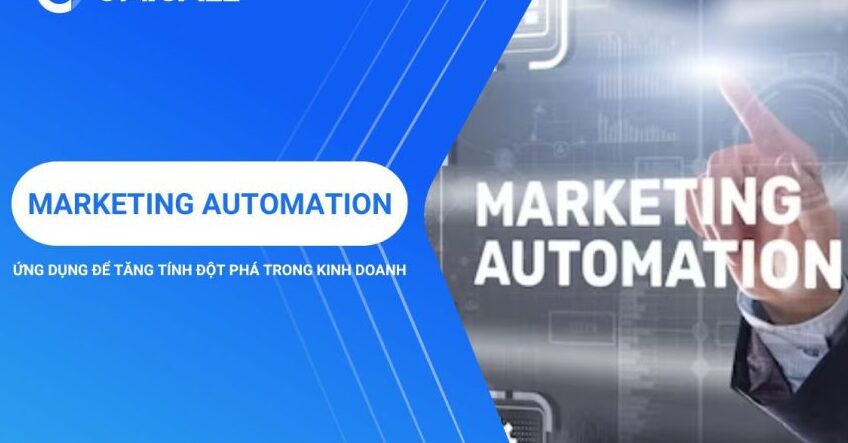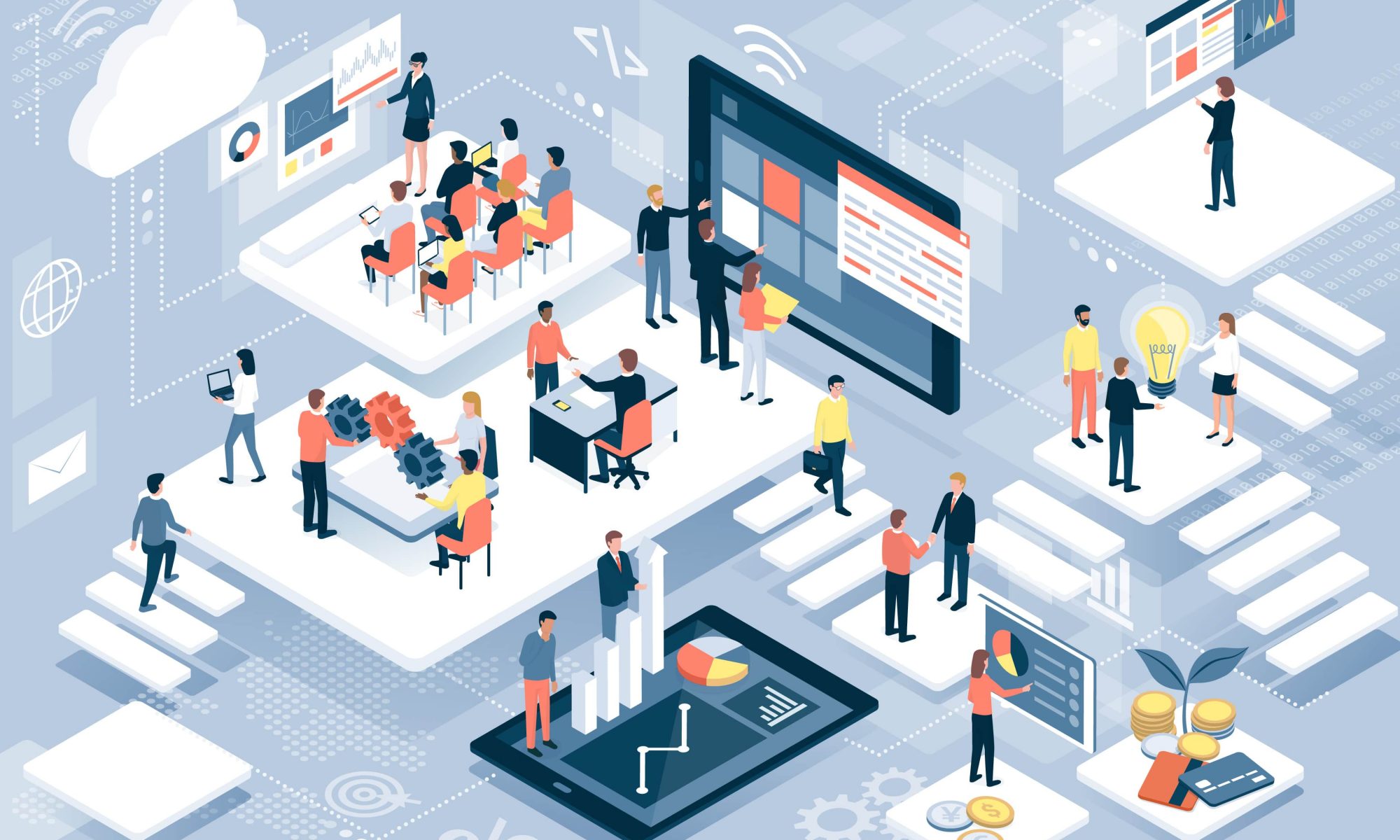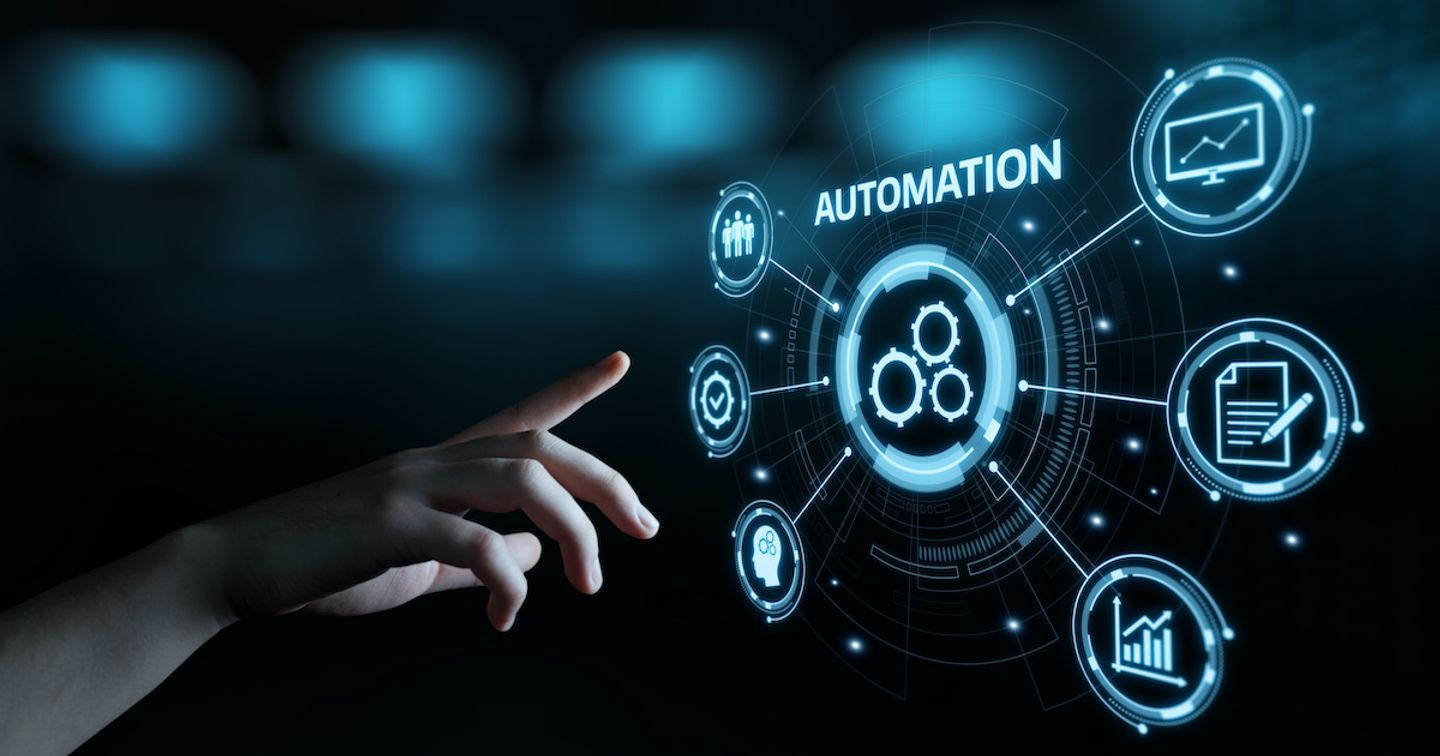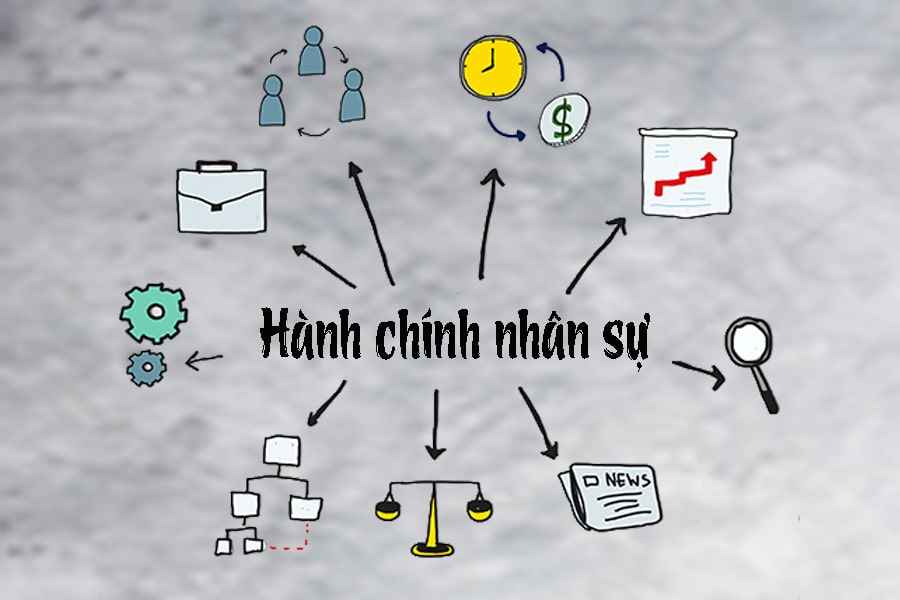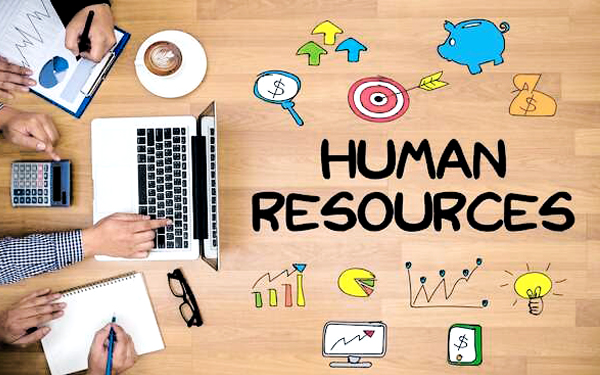With the rapid development of technology and artificial intelligence, marketing is one of the industries that has been positively impacted by this wave. The concept of automation is no longer limited to sophisticated machines that reduce human effort; it is also known as Marketing Automation.
What is Marketing Automation?
Marketing Automation involves automating marketing activities using software. The technology used in these software platforms enables marketers to automate repetitive marketing tasks such as email marketing, social media marketing, or advertising campaigns.
With Marketing Automation, businesses can send automated messages to customers based on a series of conditions or workflows. It reduces human involvement in repetitive tasks and minimizes errors that are difficult for humans to control.
Applications of Marketing Automation
When we talk about Marketing Automation, we often think of Email Marketing. Many people mistakenly believe that Email Marketing and Marketing Automation are the same thing. However, these two concepts are entirely different. They form a combo that helps optimize marketing efficiency.
In Email Marketing, using basic features of Gmail, such as sending mass emails to multiple people, is possible. With Marketing Automation, you can send emails to many people at once while tracking their reactions and actions. Marketing Automation offers many functions and tools to enhance the effectiveness of Email Marketing.
Besides Email Marketing, Marketing Automation also plays a role in the following activities:
– Social Media Marketing: Automating the scheduling of posts at specific times on social media platforms.
– Tracking and analyzing data from websites, blogs, banner ads, etc.
– Nurturing and generating leads: Analyzing leads and selecting the most effective strategies to nurture them.

Marketing Automation Process
When exploring Marketing Automation, businesses need to thoroughly research the Marketing Automation process to apply it proficiently. The Marketing Automation process consists of the following four steps:
1. Planning: In the first step, businesses need to clearly define their goals, target audience, and suitable marketing messages based on information and data collected from keyword research, market surveys, or social media insights.
2. Building Leads: Whenever a potential customer takes specific actions, the Marketing Automation platform automatically identifies and sends the business’s messages to these target customers.
3. Maintaining and Developing Leads: At this stage, the Marketing Automation platform evaluates and scores potential customers based on their behavior and continues to send personalized messages to them regularly. The business’s leads are automatically maintained and developed.
4. Closing Sales: The business’s qualified leads are sent to the sales team for further nurturing, consultation, and sales closing.
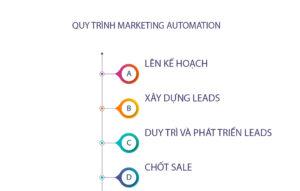
Benefits of Using Marketing Automation
When implemented correctly, Marketing Automation can bring the following benefits to businesses:
– Personalizing customer experiences: Automatically collected customer data informs you of their specific needs, making it easier to create personalized workflows. From users, workflows gradually transform them into leads, customers, and eventually loyal customers.
– Optimizing workflow processes: Tasks that need to be performed thousands of times can now be automated without human intervention. This significantly reduces the need for manpower and minimizes errors.
– Data integration and analysis: User data is collected and automatically stored in a single Marketing Automation system. Therefore, you can monitor, manage, and analyze data from different channels on one dashboard, something manual operations and management files cannot easily achieve.
Differentiating B2B Marketing Automation from B2C Marketing Automation
Both B2B and B2C businesses aim to improve conversion rates and revenue. However, they have unique approaches to achieve this goal. Moreover, the type of messages used depends on whether it’s B2B or B2C.
B2B Sales
– B2B typically has longer conversion cycles than B2C. They use Marketing Automation for products or services that require longer-term commitments. Therefore, their email messages focus more on longer-form content.
– B2B involves multiple stakeholders in the decision-making process when businesses consider large or high-value purchases. Therefore, they need to build trust not just with one person but with multiple individuals.
– B2B focuses on establishing itself as a reputable industry expert. Hence, they need to provide premium information and specialized knowledge.

B2C Sales
– B2C businesses tend to generate sales more quickly, so their messages are much simpler.
– The focus of B2C sales is on building the brand and giving customers reasons to return.
Thus, their messages are not too technical or lengthy, but rather:
– Reminders for abandoned shopping carts.
– Personalized product and service recommendations.
– Offers tailored to different customer types.
Conclusion
The above summarizes the basics of Marketing Automation. Hopefully, you now have enough basic information about Marketing Automation software that simplifies the marketing process for businesses.

